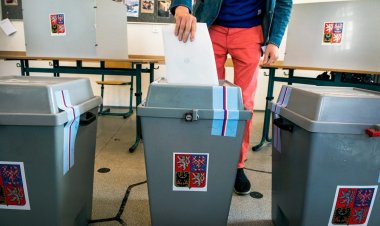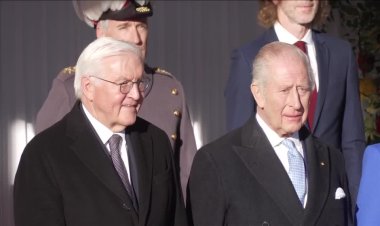Carnival of trumpets and colour returns to Cape Town

Dressed in a green shirt with yellow and white polka dots, a blue pacifier in his mouth, two-year-old Thaakir Buzic led a colourful musical band through the streets of Cape Town, in South Africa -- from the safety of his grandfather's arms.
About 20,000 performers divided into dozens of troops marched in the city centre while playing music and dancing for the annual Cape Town Minstrel carnival.
Returning after a two-year Covid-induced break, the celebration, also known as "Tweede Nuwe Jaar" ("Second New Year"), is a family affair for Buzic's relatives.
Tens of thousands of people flocked to see the march.
"There was something missing during Covid, if you understand the cultural significance of this event," deputy mayor Eddie Andrews said, dressed in a bright white and yellow costume.
"It's very important for us, this event is part of Cape Town," he added, outside city hall as the parade was about to kick off.
The festivity has its roots in colonial times, when slaves -- some of whom were forcibly brought to Africa's southern tip from Southeast Asia -- were allowed to relax on the day after New Year's Day.
They used the time off to dress up, dance and sing.
It's now seen as a celebration of the Cape's diverse culture and marks the start of a weeks-long competition where minstrels battle it out for the title of best troupe.















